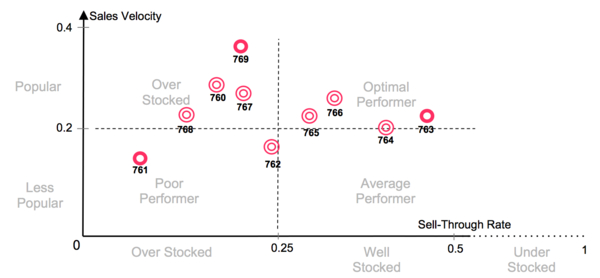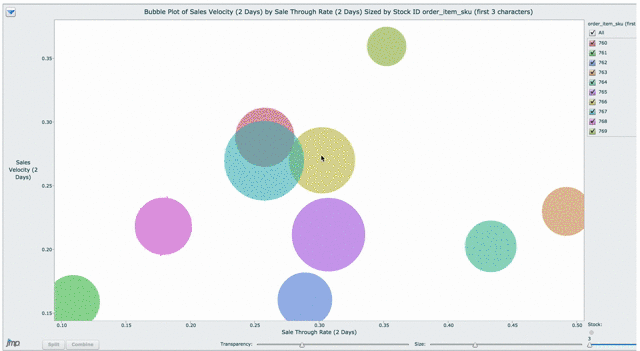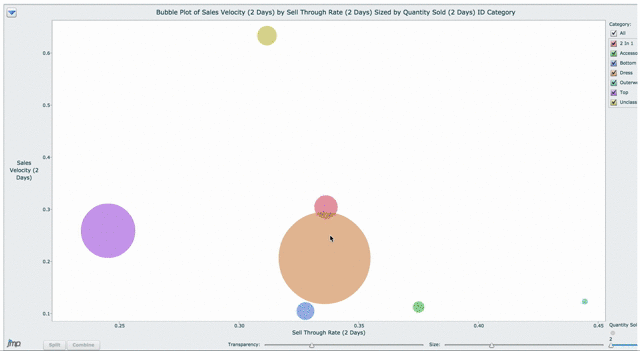Difference between revisions of "ANLY482 AY2016-17 T2 Group21 : PROJECT FINDINGS"
| (69 intermediate revisions by 3 users not shown) | |||
| Line 30: | Line 30: | ||
<!--/Header--> | <!--/Header--> | ||
<!--Body Start--> | <!--Body Start--> | ||
| + | <!---------------START of sub menu ----------------------> | ||
| − | + | {| style="background-color:#ffffff; margin: 3px auto 0 auto" width="65%" | |
| − | + | |- | |
| + | ! style="font-size:15px; text-align: center; border-top:solid #ffffff; border-bottom:solid #ffffff" width="150px"| [[ANLY482_AY2016-17_T2_Group21 : EDA| <span style="color:#3d3d3d">Exploratory</span>]] | ||
| + | ! style="font-size:15px; text-align: center; border-top:solid #ffffff; border-bottom:solid #ffffff" width="20px"| | ||
| − | + | ! style="font-size:15px; text-align: center; border-top:solid #ffffff; border-bottom:solid #ffffff" width="150px"| [[ANLY482_AY2016-17_T2_Group21 : PROJECT FINDINGS| <span style="color:#AF203B">Mid-Term</span>]] | |
| − | + | ! style="font-size:15px; text-align: center; border-top:solid #ffffff; border-bottom:solid #ffffff" width="20px"| | |
| − | - | + | ! style="font-size:15px; text-align: center; border-top:solid #ffffff; border-bottom:solid #ffffff" width="150px"| [[ANLY482_AY2016-17_T2_Group21 : Finals | <span style="color:#3d3d3d">Finals</span>]] |
| + | ! style="font-size:15px; text-align: center; border-top:solid #ffffff; border-bottom:solid #ffffff" width="20px"| | ||
| − | + | |} | |
| − | - | + | ==<div style="background: #404041;font-weight: light; padding:0.3em; text-transform:uppercase;letter-spacing:0.1em;font-size:18px; font-family: 'Century Gothic'"><font color=#ffffff><center>Merchandising Analysis</center></font></div>== |
| + | [[File:mmetrics.png|500px]] | ||
| − | < | + | <b>1. Sell Through Rate </b> |
| − | + | Quantity of products sold ( in 2 days ) / Quantity of products in inventory | |
| − | |||
| + | This gives us the <b>stock efficiency</b> | ||
| − | + | <b>2. Sales Velocity </b> | |
| − | + | Quantity of products sold / Time window( 2 days window ) | |
| − | |||
| − | + | This gives us the <b> product popularity</b> | |
| − | 2. | + | Usually, Sell through rate is calculated in a time window of 1 week or 1 month, which coincides with the sales cycle of the company. However, since Dressabelle releases 2 collections per week, we consider their sales cycle to be 48 hours. |
| − | |||
| − | |||
| − | |||
| − | + | Below is a chart of collections 760 - 769 in terms of sales velocity versus sell through rate. Each collection falls into one of four quadrants, each of which has different implications and causations. | |
| − | |||
| − | |||
| − | + | [[File:graphh.png|600px]] | |
| − | |||
| − | |||
| − | |||
| − | |||
| − | |||
| + | Our group then plotted the collections on a bubble plot, with splitting into each SKU in each category. | ||
| − | + | [[File:Bubble_Plot_Video_(By_SKU).gif|800px]] | |
| − | |||
| − | |||
| − | + | We are able to measure the performance of each individual product (SKU). Dressabelle can use this to gauge the popularity and demand of their future collections. | |
| − | |||
| − | |||
| − | |||
| − | + | [[File:761.png|600px]] | |
| − | |||
| − | |||
| − | + | For example, collection 761 falls into the bottom left quadrant of our graph, and as a result, we can classify it as a "poor performer". Further examination of our data shows that collection 761 coincided with Lunar New Year sales, as Dressabelle purchased a much higher quantity of each product than they usually would. Since the demand was not up to expectations, this resulted in a low score in both metrics. | |
| − | + | ||
| + | |||
| + | [[File:763.png|800px]] | ||
| + | |||
| + | On the flip side, collection 763 falls into the bottom right quadrant of our graph. We can classify it as an above average performer. On further inspection of transactional data of the collection, we can see that majority of the SKUs sold well within the first two days of launch. | ||
| + | |||
| + | |||
| + | [[File:Bubble_Plot_Video_(By_Category).gif|800px]] | ||
| + | |||
| + | Our team also plotted a similar bubble plot broken down by product category | ||
Latest revision as of 23:32, 23 April 2017
| Exploratory | Mid-Term | Finals |
|---|
Merchandising Analysis
1. Sell Through Rate
Quantity of products sold ( in 2 days ) / Quantity of products in inventory
This gives us the stock efficiency
2. Sales Velocity
Quantity of products sold / Time window( 2 days window )
This gives us the product popularity
Usually, Sell through rate is calculated in a time window of 1 week or 1 month, which coincides with the sales cycle of the company. However, since Dressabelle releases 2 collections per week, we consider their sales cycle to be 48 hours.
Below is a chart of collections 760 - 769 in terms of sales velocity versus sell through rate. Each collection falls into one of four quadrants, each of which has different implications and causations.
Our group then plotted the collections on a bubble plot, with splitting into each SKU in each category.
We are able to measure the performance of each individual product (SKU). Dressabelle can use this to gauge the popularity and demand of their future collections.
For example, collection 761 falls into the bottom left quadrant of our graph, and as a result, we can classify it as a "poor performer". Further examination of our data shows that collection 761 coincided with Lunar New Year sales, as Dressabelle purchased a much higher quantity of each product than they usually would. Since the demand was not up to expectations, this resulted in a low score in both metrics.
On the flip side, collection 763 falls into the bottom right quadrant of our graph. We can classify it as an above average performer. On further inspection of transactional data of the collection, we can see that majority of the SKUs sold well within the first two days of launch.
Our team also plotted a similar bubble plot broken down by product category





